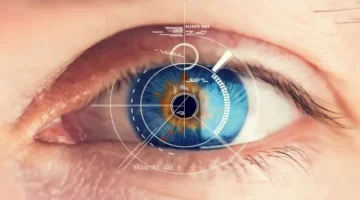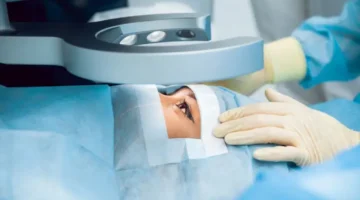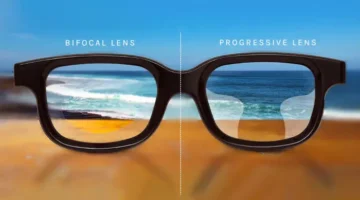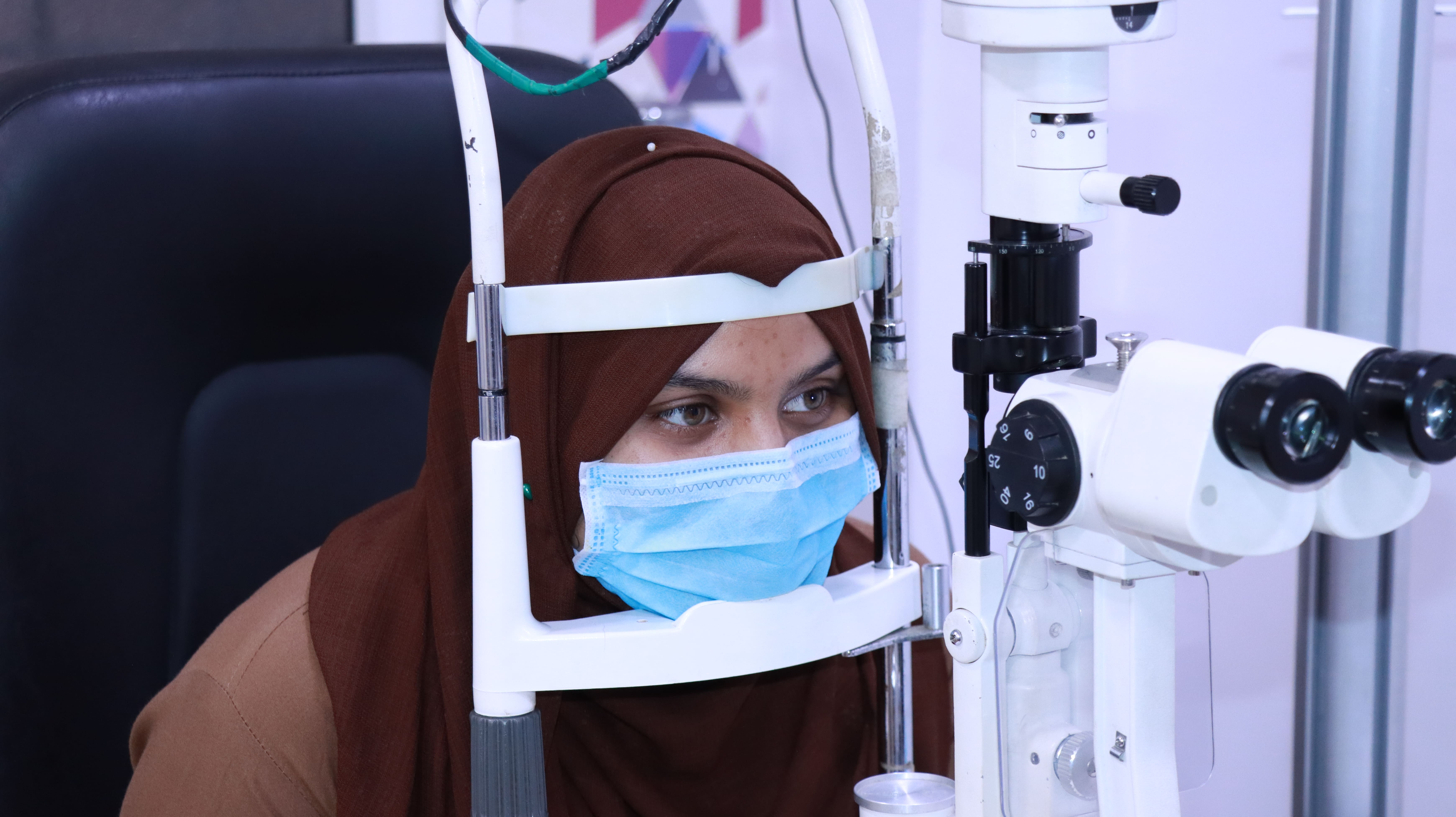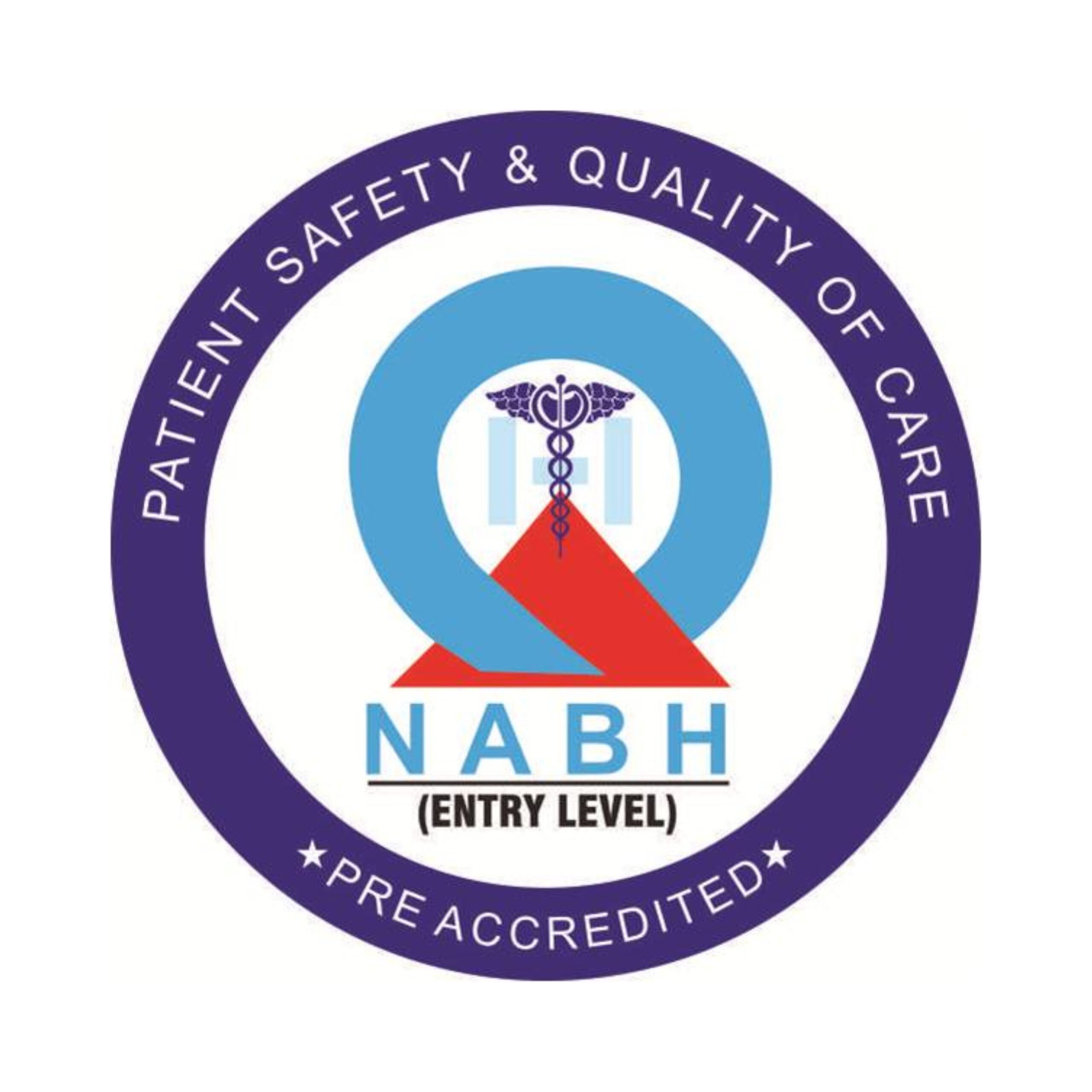Wrinkles on your face !!!
Change in your walking style !!!
The appearance of silver hair !!!
As well, this indicates that you are aged !!!
Among these, the elderly citizens find it difficult to do their daily activities due to the worsening of their eyesight.
One of the common causes for deterioration of vision is “CATARACT”. Most people become visually challenged by one of the unknown curable conditions.
80% of people in India are blind due to cataracts. Still, they are not aware that this blindness can be prevented.
So, people need to know that cataracts are possible to treat and experience the world again through the best visual outcome.
Here we go: what is the exact condition of the cataract? How it is formed and how does cataract affect the vision? and treatment to treat them efficiently to improve your quality of life.
Cataract: Preventable Blindness
Do you all experience a foggy vision when you travel through hill stations?
That’s right! then you all can imagine what the cataract patient’s vision will look like.
Of course, their eyesight will be blurry or foggy or flaunty which makes them find it difficult to do their work like reading, writing, moving especially during night travelling, etc.
It is caused by the clouding of the natural lens that cannot be corrected by spectacles. In order, to restore their eyesight, the cloudy lens is replaced by an artificial lens.
Symptoms of Cataract are:
- Blurred Vision
- Glare (especially expressed during driving)
- Double vision
- Halos around the light
- Faded colors
Cataract blindness is preventable if we take the correct treatment at the right time. That can improve your daily activities effectively. But it is not applicable for all cases of cataracts who have retinal issues.

How does cataract affect vision?
Before knowing how it affects you, you should know about how it is formed.
Commonly, the human eyes are compared to the camera in which the lens of the camera plays a major role in focussing the object to form a clear image. Likewise, the human eye lens does the same action to focus the image.
Our lens gradually fails in its action from the age of 40 or may it start below 40. These people find it difficult to read or write at a certain distance. Initially, it can be corrected by spectacle power.
As age increases, the proteins present in the lens become thickened. The shape of the lens enlarges by the protein clumps which block the light to pass through freely to form a picture.
Know how your eyesight decreases by these simplified stages which you find below:
Stage 1: The Clear Lens
As I discussed before, the lens helps to pass through the light when it is clear to view the image and color. This happens because of the autofocusing system of the lens which is the natural mechanism of the human lens, hence we call it
“Accommodation”.The clear lens is found in the age groups below 40 years.
The clear lens provides high-quality Clear vision
Stage 2: Clear Vision, Decrease Near Vision
Here, the natural mechanism of the lens gradually decreases. As we grow older the loss of accommodation comes to the role of producing difficulty in near work.
You find in the age group of 30-40 years, where they experience eyestrain and headache
Eventually, it can be corrected by spectacles which help to do your near work.
Stage 3: The Early Lens Changes
Next to the reduced lens action, it gradually loses its transparency. As the light passes through, the scattering of light takes place which prevents forming an image clearly which causes blurring of vision.
This happens at the age of 35 – 45 years( not particularly, it also depends on other causes like medication-induced for systemic illness)
Still, it can be corrected by glasses for a few more months.
Stage 4: The Immature Lens Changes
I have mentioned earlier about the clumps of protein in the lens which causes cataracts. In the immature stage, the clumping of protein starts slowly which produces opacity variably.
Thus, it doesn’t enter the light properly by which the difficulty of viewing starts.
Though it can be corrected by spectacles there will be the frequency of changing of power.
Stage 5: The Mature Lens Changes
As the protein clumps together, the lens becomes completely opaque, and doesn’t allow any light to pass through it.
This causes defective vision, they can only view at a closer distance.
In this stage, they need the help of the other to do their activities
Vision cannot be improved by any spectacle power.
Stage 6: The Hypermature Lens Changes
Is the same as the matured cataract but here the lens changes the color to milky white. This disturbs other structures of the eye to do its functions.
Not only causes eyesight problems but causes other ocular discomforts
They hardly perceive light and are fully dependent on others to do their regular activities.
There is no use for any other visual aids.
Caused due to:
- Mainly of aging factor
- Diabetes
- Steroid-induced
- Injury
- Also occurs congenitally
- Smoking or Drinking habits
The grading of cataracts depends on the layer of the lens. According to this:
- Posterior polar cataract
- Nuclear sclerosis
- Cortical cataract
- Posterior subcapsular cataract
- Anterior subcapsular cataract,
How is cataract surgery carried out?
Before surgery, the patient has to undergo a preliminary eye examination. The examination consists of
Measuring vision: The eye care professional asks the patient to read the fonts which are fixed at a certain distance. The least that they read is recorded as visual acuity.
- Measuring spectacle power: Some patients read all the fonts whereas some patients read less than that, at that time the optometrist used trial spectacle power to improve their eyesight. The amount of power that they read is prescribed as spectacle power.
- Examining the eye’s nerve: measuring the vision and spectacle power is not a complete examination of the eye. After measuring, the healthcare professional dilates the eyes to view the retina of the eye.
The test is carried out by a highly magnified instrument that helps to view each structure of the eye effectively.
That’s how the maturity of cataracts is graded
Once the diagnosis that the cataract is the main cause for reduced eyesight, the ophthalmologist advises for cataract surgery.
Cataract surgery is the procedure of removing the opaque part of the eye that obstructs the line to form an image and replaces it with an artificial lens that allows the light to enter and form an image.
Preoperatively the eye is scanned and calculated to implant the intraocular lens.
Do you know how it is implanted?
Let’s see Eyes are made insensible by instilling eye drops or if needed by injection
The patient is asked to focus on light and he or she will be awakened while the procedure is in the process.
The surgeon makes a pinhole near the finishing end of the cornea to insert the instrument to break down the cataractous lens or to remove it
After removing it, the artificial transparent lens is placed to restore their eyesight
As the incision is made pinhole, the suture is no longer needed and the hole is Sealed automatically.
The whole procedure will take place in only 15-20 minutes and recovery will be within a week.
Protocols to be followed
- Use eye drops before and after cataract surgery as per surgeons’ advice.
- Clean your face with a warm water-damped towel.
- Protect your eyes with the shield while sleeping this is to avoid touch of eyes that happen involuntarily.
- During the daytime protect your eyes with goggles. These for until wound heals
Conclusion:
“Prevention is better than cure”.
But here cataracts cannot be prevented but blindness can be prevented by surgical removal.
After removal of the cataractous lens, the artificial lens we called “Intraocular Lens” is placed to restore our eyesight.
Surgery can be done by suture method and the latest method is the non-sutural method with the implantation of intraocular lens
Intraocular lenses have three types of choices that suit our lifestyle.
Monofocal Intraocular Lens : By implanting, we can see distance vision can be corrected. We need spectacles correction for reading.
Multifocal Intraocular Lens: By this the distance and near vision can be corrected.
Trifocal Intraocular Lens: if you are a computer user means you can choose this because it corrects distance, intermediate, and near.
Four method surgeries are carried out depending upon the maturity of the cataract:
- Small Incision Cataract Surgery
- Extra Capsular Cataract Extractions
- IntraCapsular Cataract Extractions
- PhacoEmulsification
Cataract surgery is not as hard as you think. With advances in technology, cataract surgery is a safe and relatively easy procedure that can restore your vision to lead day-to-day life former
Prevent blindness by choosing a modern treatment method and the right choice of lens.
Don’t wait- call your doctor today and schedule a consultation!


